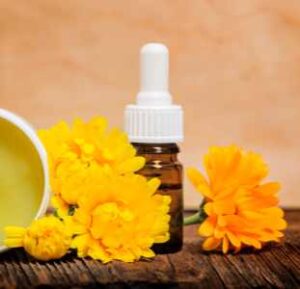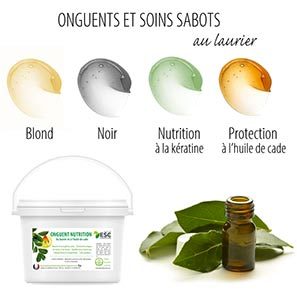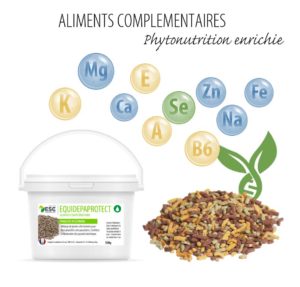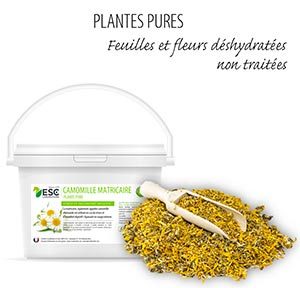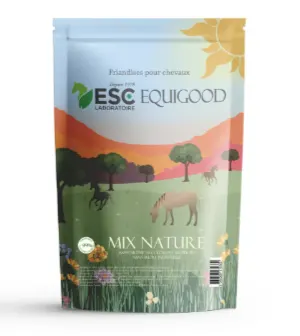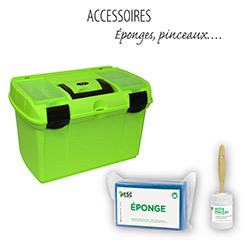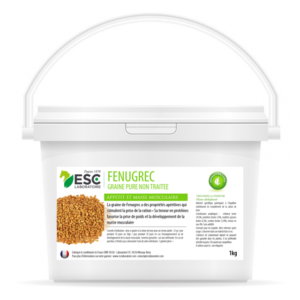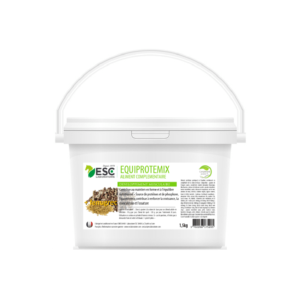Having a muscular horse is not just an aesthetic question. The muscles of your animal have many benefits. It states that he is in good physical condition and will thus be better protected from the risks of injury and health problems. But the quality of the diet as well as the variety of exercises needed to develop good equine muscles is also excellent for its development.
As for humans, your horse will not become incredibly muscular overnight. It will need a combination of appropriate nutrients, such as sufficient protein intake, and adequate training to promote muscle growth.
Also keep in mind that a horse never gains muscle: its amount of muscle cells is genetically determined. However, muscles can grow and strengthen. Training and feeding indeed encourage muscle cells to store more energy, which increases muscle mass and also increases the performance and endurance of your horse.
In this article, we will therefore be interested in the 3 axes which can help your horse muscle:
- Food (including protein intake);
- Physical activity;
- Food supplements.
1. Muscle your horse with enough protein in its diet
As in human beings, the main components of the muscles of the horse are proteins. They consist of chains of several amino acids:
- non essential when they can be produced by the body of the horse
- and essential when it needs to obtain them via its diet, such as lysine, methionine and tryptophan.
Your horse gets most of its nutrients from forageLike hay. By analysing the nutritional quality of its forage, you can estimate the amount of protein and energy it contains; Since sports horses have higher than average protein (and energy) needs to perform, it is likely that The nutrient intake of her hay is not sufficient And so it should be completed.
Fenugrec seed, for example, is known for its protein content promotes weight gain and muscle mass development. Rich in mucilages, it is useful in sensitive stomach and has aperitif properties that stimulate the intake of the ration. It is thus recommended in the working horse requiring muscle mass development.
Our Fenugrec supplement, to boost the protein intake of your horse
2. Exercises to develop the muscles of his horse
In addition to nutrition, Training and fitness play a crucial role in the muscle building of your horse. It is important that training is progressive and that it is mainly sufficiently varied. For example, you can alternate high intensity or impact exercises with lighter exercises. Also take regular breaks so your horse can stretch and recover its strength.
Always start each workout by warm up and finish with recovery exercises in order to reduce the risk of injury, curvature, and promote muscle development.
Keep in mind that;
- Work on the plate is the key for all disciplines;
- The use of an enrement can be interesting to help the horse position itself;
- It is important to be helped by a coach to do the right exercises adapted to his horse;
- If the horse fails to progress, it is that it may be necessary to seek a pathology. A check-up at a specialist can help unlock the situation.
Here are some examples of exercises that will muscle your horse
A. The gallop-pas-galop transitions
To promote the engagement of the inner posterior under the mass and the lowering of the hips, it is interesting to perform galloping exercises from the step. These will help strengthen the abdominal belt and support your horse's back.
To perform this exercise, you simply have to guide your horse to start galloping from the step. The start at gallop will be triggered by action of the inside leg at the strap, with a light fold of the neckline inside and the outer leg, which must be slightly rectified.
B. Variant terrain and slope work
If you have access to a hilly terrain, this is the ideal way to exercise all the muscle groups of your horse, whether you take it out or climb it up. Whether ascending or descending, your horse must lift the weight of its body. The progressive slopes are an excellent beginning.
The climb will make the muscles of its hind limbs work and the descent will strengthen the muscles of its fore limbs as well as its chest and thighs
C. Roll back his horse
Backing your horse can Ihelp develop his muscles where he needs it most. Make sure you move slowly but regularly back in a straight line. As your horse develops its muscles, you can start to pull it back on a gentle slope.
Another exercise to develop its posterior and fat zone: rotate his hips while he moves back. Be careful, this is an exercise that can be tiring, so gradually increase repetitions. When performed correctly, the rearing of the reins forces the horse to bend the shanks and engage the trunk muscles. The fact of entering the pelvis and the way in which the horse must activate the ischio-legs and the sacro-iliaque zone make it a perfect exercise for muscle development.
D. Before and after exercise
Removing your horse's muscles before exercise is essential for help maintain flexibility and prepare the musculoskeletal system for stress. Try to keep each stretch between 20 and 30 seconds.
They must be realized in peace, without forcing and gradually. Some exercises can be tricky to perform, depending on the character of the animal and its physical. Adapt and feel free to ask for advice! Some also advocate post-effort stretching. Active recovery after work seems more appropriate. Or it will be necessary to be very careful not to force during hot stretching or wait at least 1/2h at the risk of injuring the animal.
- Front and rearward stretching: they are realized on the anterior and posterior if you feel confident enough. To stretch his foot forward, imagine that you are trying to touch the opposite front leg of your horse with its rear hoof. Pull the member back in the same way as if you were curing the foot.
- High bending stretching: Pull his back leg under his hip to flex his fat and his stockings, as your veterinarian would when he flexes.
- Spread with candy : Hold a carrot or any other treat in front of your horse and ask him to catch it. Hold the candy between his front legs to stretch the neck and chest cage;
- Stretching by pulling the tail: This stretch allows you to decompress your horse's spine regularly. Simply grasp its tail gently through the hair, under the bone. Then lean back and let your weight pull its tail. Hold the position for 30 seconds.
If you increase the physical activity of your horse, Think about monitoring his diet. He will certainly need more and more protein to develop his muscles. An underweight horse (i.e., not eating enough) will find it difficult to take muscle. Again, fenugrec can help to develop appetite.
3. Dietary supplements to support his horse's muscle intake
To support your horse's muscle intake or help his body recover after a workout, it may be interesting to bring it additional nutrients in the form of a dietary supplement.
At ESC, we developed formulas specifically Designed for muscle development and recovery:
- Equiprotemix, a supplement rich in proteins and source of trace elements and vitamins essential for horse muscles. It is perfectly dosed to strengthen the muscles of horses, especially thanks to its magnesium, selenium and zinc content;
- Muscle+ and Myopulse, two valuable sources of antioxidants (vitamin E and selenium) and amino acids. Our Myopulse supplement is enriched with melon extract with powerful antioxidant properties.
- Lysine+, an amino acid known to promote muscle development and the repair of micro-injury generated during exercise.
Equiprotemix our protein-rich supplement
Accompany your horse's muscle intake by bringing it all the nutrients its body needs to develop its muscles and recover properly. Our food supplements naturally rich in proteins, vitamins and minerals, will help to muscle healthy.


